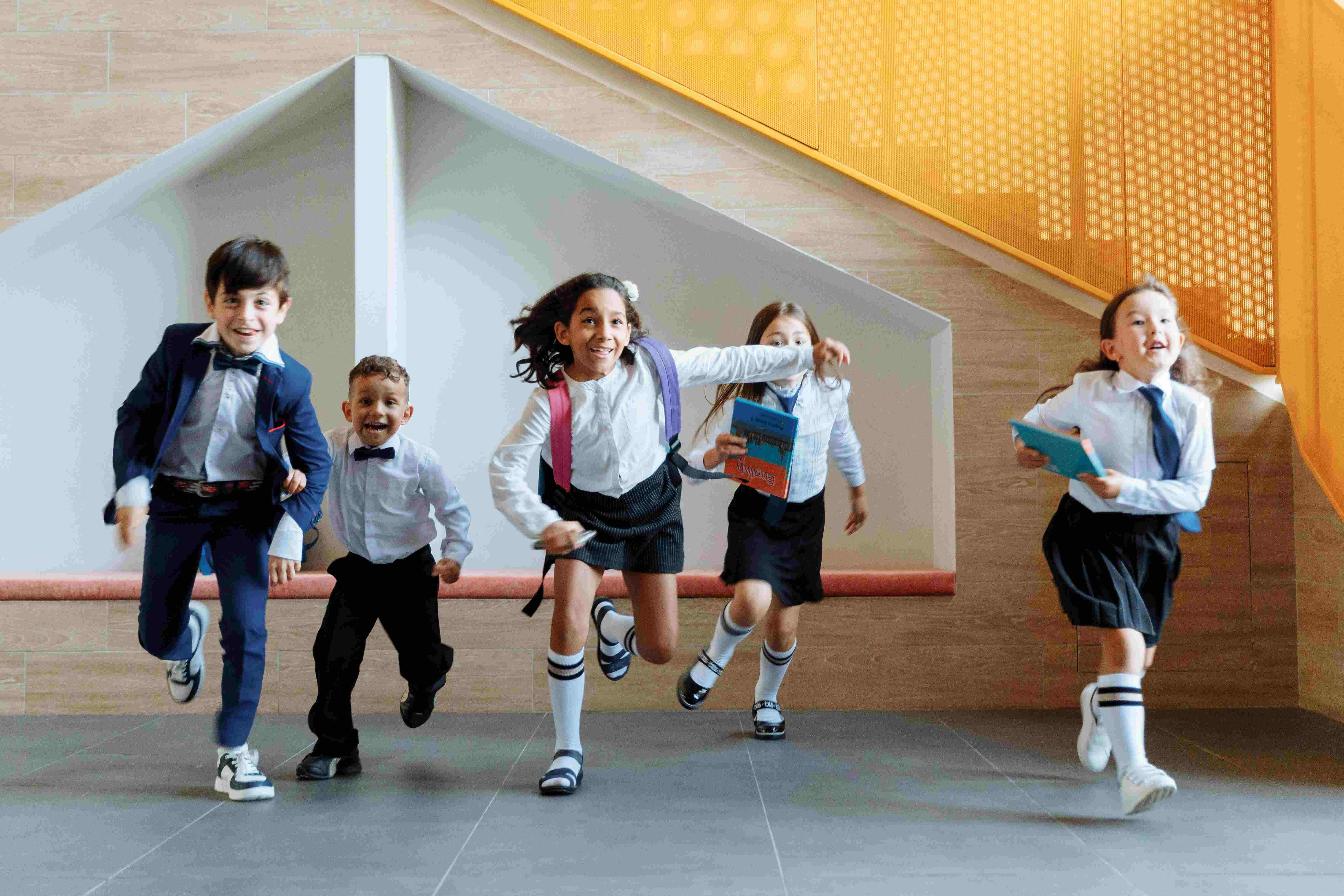#110 - Gossip & popularity

Cited Research Cillessen, A. H. N., & Mayeux, L. (2004). From censure to reinforcement: Developmental changes in the association between aggression and social status. Child Development, 75, 147-163. Dingfelder, S. F. (2006, April). Whispers as weapons. APA Monitor on Psychology, 62-63. Eder, D. (1991). The structure of gossip: Opportunities and constraints on collective expression among adolescents. American Sociological Review, 54(4),494-508. Underwood, M. K. (2003). Social aggression among girls. New York: The Guilford Press.
Written by American Psychological Association, adapted by Juanita N Baker, Ph.D.


 Give to Florida Tech
Give to Florida Tech 